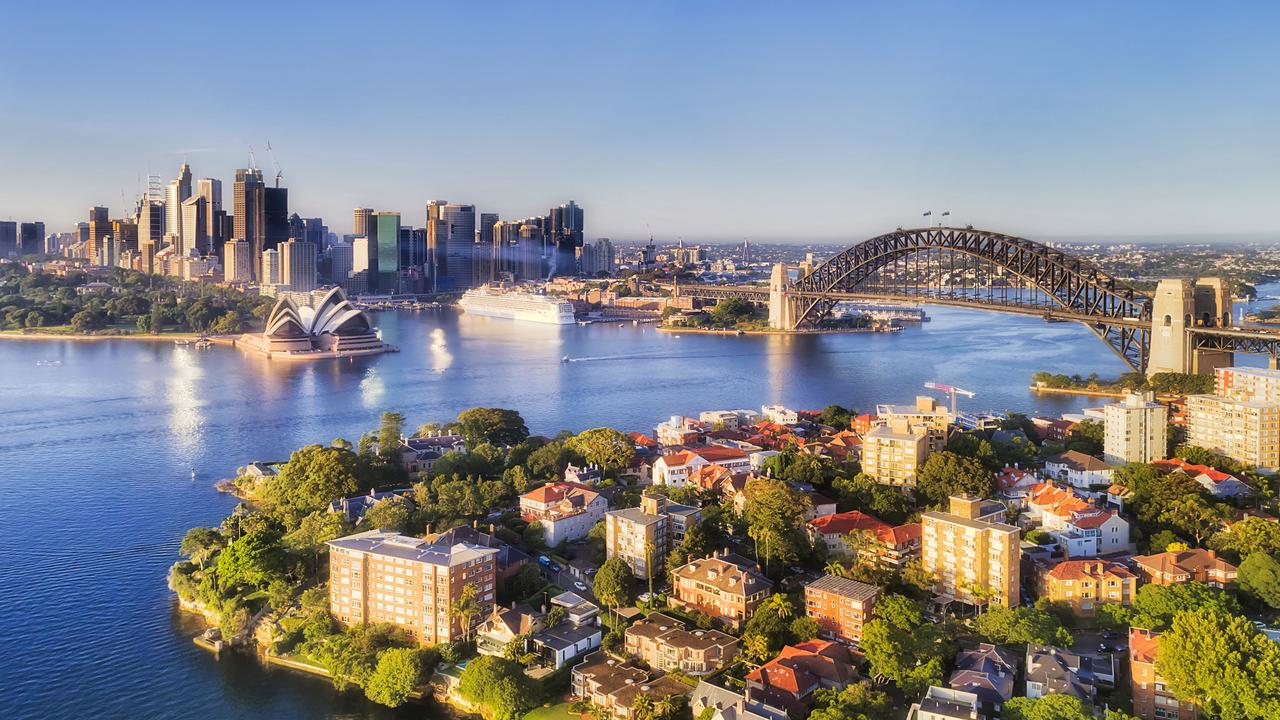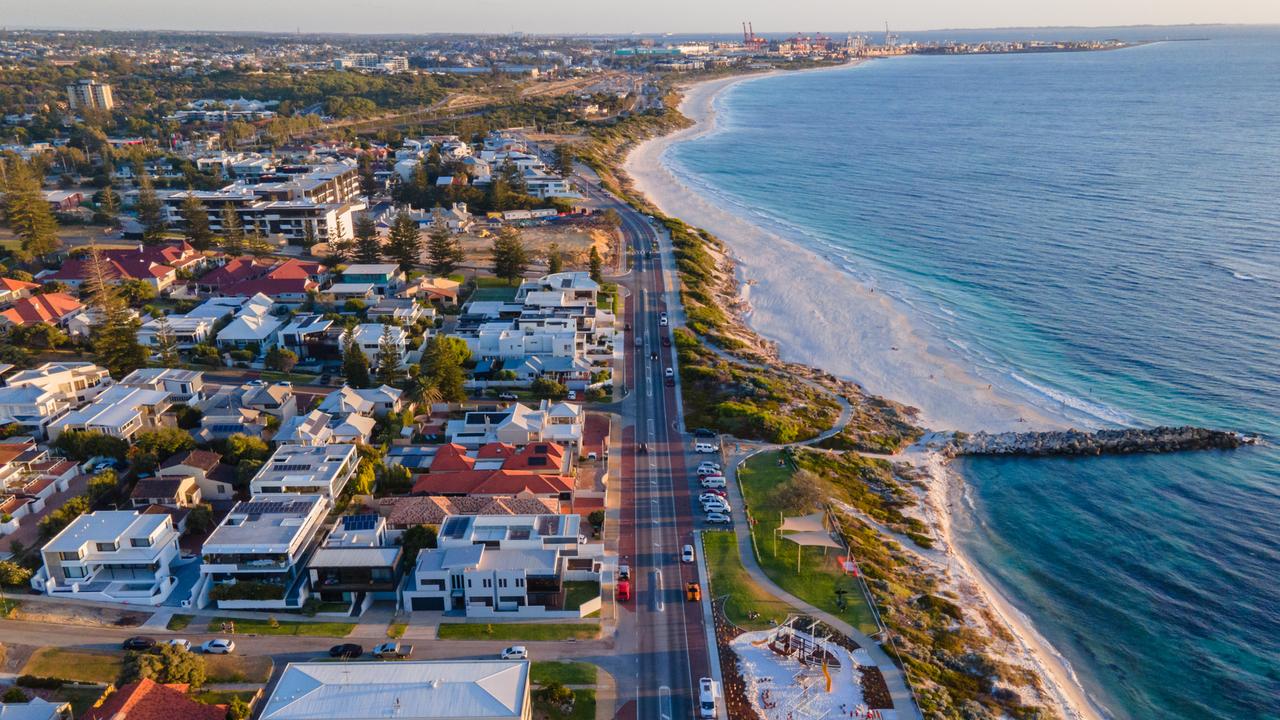Sign Australia’s property boom might be over
Housing experts have revealed some worrying signs that Australia’s property boom might be over.
Experts have revealed some worrying signs that Australia’s property boom might end.
Home values across regional Australia have plummeted 1.3 per cent over three months to July, down from a recent high of 2.2 per cent in April, property researcher CoreLogic found.
This is a stark contrast to the increase of 1.8 per cent across the capital cities to July.
Higher interest rates are putting pressure on household balance sheets, according to CoreLogic economist Kaytlin Ezzy.
“Affordability continues to be a fairly widespread concern for most buyers and high interest rates are likely seeing some buyers that would have entered the market delay that decision,” she told the Sydney Morning Herald.
“Given we’re expecting to see interest rates remain that bit higher for longer, some people are likely waiting to see what happens.”

Lower level of demand from buyers due to fewer people moving to live out in the country compared to during the Covid-19 lockdown has allowed the number of unsold homes to accumulate.
Some property owners are also under pressure from higher mortgage repayments and would take advantage of longer-term rises in value and sell to clear their debts, she explained, adding to the amount of homes for sale.
This has meant that most regional areas across New South Wales and Victoria have an above-average amount of homes for sale now, compared to during Covid.
During the pandemic lockdowns, listings fell to about 50 – 60 per cent below their previous averages, she said.
In contrast, some property pockets in regional Queensland and Western Australia have pushed higher.
Values in Coffs Harbour fell most, down 3.8 per cent in three months, while elsewhere in NSW, Orange (-3.1 per cent) and Wagga Wagga (-2.6 per cent) also eased.

The second-largest fall was in Ballarat, down 3.4 per cent in three months, and other Victorian towns to drop included Wangaratta (-2.7 per cent), Colac (-2.4 per cent) and Castlemaine (-2.2 per cent).
A build-up of listings have contributed to plummeting value, Ezzy explained.
For example, Coffs Harbour has average listings, while sales activity is about 8.5 per cent below usual for this time of year.
Sales in Ballarat are also about 5 per cent below average, but listing volumes are almost double what they were usual for this time of year.
“Those buyers don’t have to negotiate as much, they have more choice, more options and that’s taking steam out of the market,” she explained.
Victoria’s strict policies for property investors, such as higher land tax and more protections for tenants, has likely pushed some investors to look elsewhere.
Types of homes booming in price
Nerida Conisbee is the chief economist at Australia’s largest real estate group, Ray White, told news.com.au that luxury apartments close to the cities are now highly-sought after by buyers.
“The types of apartments being built in Australia have changed dramatically over the past decade,” Ms Conisbee said.
“Whereas apartments in Australia were traditionally the place for younger people to live prior to buying a house, we are now seeing people choosing to live in apartments for longer or to downsize from a large home.”
Demand for much larger, higher quality and more prestige developments is on the rise and has seen the most expensive units sold for more than double that of a typical apartment.
Buyers are also increasingly demanding homes to be greener, sparked by rising environmental awareness as well as cost pressures.
“Having a greener home using solar and batteries makes it cheaper to run airconditioning, heaters and pool pumps,” Ms Conisbee said.
“Also, what makes homes green also generally makes them safer.
“We are heading into a particularly hot summer and having homes that are difficult to cool down makes them far more dangerous for the elderly and very young.
“Similarly, research into cooking with gas has shown that it can be bad for various respiratory and cardiovascular health issues.”

Context shows lingering appetite for regional life
REA senior economist, Paul Ryan, was more optimistic in is observations, stating, “The trend of people moving to the regions remains strong, albeit not as strong as we saw during the pandemic.”
“The number of people moving to the regions remains 16 per cent above pre-pandemic levels,” he told news.com.au.
“On the other side, there are more people moving back from the regions - and some of these will be people reassessing pandemic lifestyle changes as cities have returned to normalcy.”
He added home prices in the regions remain 57 per cent above March 2020 levels.
“While interest rates at higher levels have blunted the affordability appeal of regional areas and seen some markets cool, there remain more people considering living in regional areas with remote work capability,” Mr Ryan said.
“This trend is expected to continue, further benefiting these regional areas going forward.”






